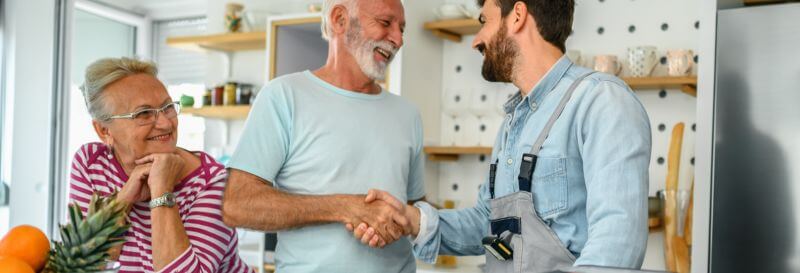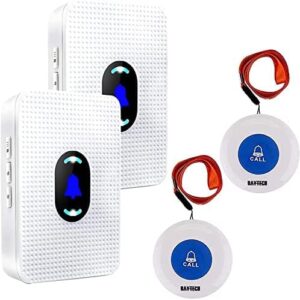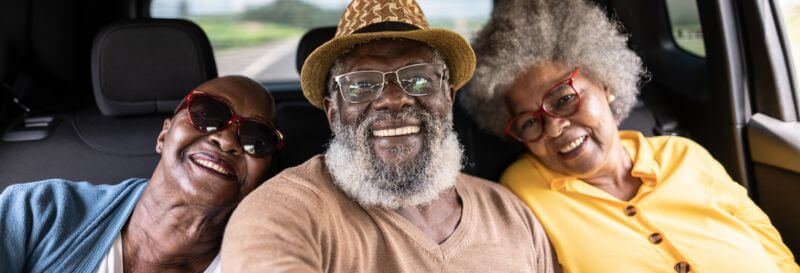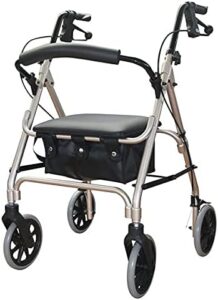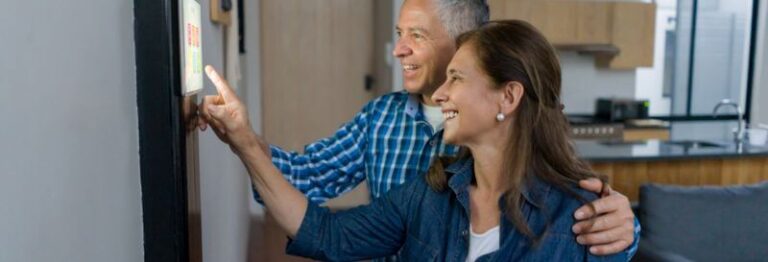It's time to look at your home's safety through the lens of accessibility and fall prevention. Falls are a leading cause of injury in those over 65 and hospitalise thousands of seniors every year.
Even if you’re steady on your feet now, a misplaced rug or slippery bathtub could leave you hurt and unable to get help. Putting safeguards or safety devices in place now can prevent serious injuries later.
Stairs can pose a challenge as we age. Aching joints, shortness of breath, and uncooperative feet can make it painful or downright unsafe to go up and down stairs throughout the day. While stair lifts are certainly an option, sometimes the simplest solution is to live solely on the first floor.
That usually means moving your bedroom downstairs and using the first-floor bathroom, if applicable. Reserve the upstairs rooms for guests or storage.
If your home just isn't designed for single-floor living, that's okay—you don't have to move or pay for a complete remodel. Instead, make the stairs as safe as possible with some extra modifications:
- Install a second handrail on the other wall so you can stabilise yourself with both hands.
- Consider installing a stair lift. Though expensive, they remove the risk of falls.
- Remove slippery carpet and install traction tape on each tread.
- Keep the stairs well-lit with motion-activated lights.
Try not to rush up or down the stairs, since that's when you're more likely to lose your balance or misplace your feet. Also, my grandpa recently shared how he stays safe when navigating his staircase: He goes down backwards! Apparently it feels more stable.
Don't forget about outdoor stairs too. Wooden stairs need regular maintenance or they'll rot—and that's a nasty fall waiting to happen.
Outdoor stairs also need to have secure railings. If you can wiggle the existing railing, it's not sturdy enough. It should be rock-solid to support your full weight.
Even the one or two stairs you successfully navigated in your younger years can become tricky to climb without something to hold onto. Don't wait until you've tumbled sideways into a bush (true story) to realise the benefits of a railing.
Slippery bathroom surfaces, high-walled tubs, too-low toilet seats, and out-of-reach toiletries are just a few examples of bathroom safety concerns older people face. We recommend getting a tub transfer bench and non-slip rugs or mats to minimise the risk of slippery surfaces. We'd also recommend a waterproof medical alert button, just in case your medical alert pendant isn't waterproof and you have a nasty fall getting in or out of the bath or shower.
Make sure your bed is easy to sit on and doesn't require you to climb into it. Lower the legs on the bed frame, choose a lower bed frame, or opt for a thinner box spring. If you can't sit on the edge of your bed and comfortably put on your shoes, make sure there's a sturdy chair nearby for such a purpose.
You may also need to install bed rails to stabilise yourself as you get in and out of bed.
Keep the foot of any sheets or blankets firmly tucked into the mattress. They can pose a trip hazard if they get loose and catch your feet.
Install motion-activated lights near your bed to guide you during late-night bathroom sessions. Keep dirty laundry in a hamper, not on the floor, so there's one less thing to trip over.
Re-arrange your kitchen cupboards so you're not excessively bending and reaching for heavy things. If you can afford a little renovation, install pull-down shelves in upper cabinets and pull-out shelves in lower cabinets. Otherwise, move everyday items within easy reach and use a sturdy step stool for everything else.
It also may be time to lovingly pass down your favourite cast iron cookware and start using lightweight options.



